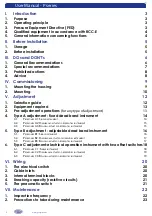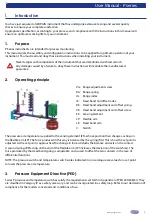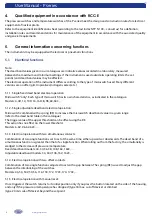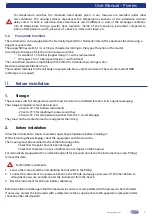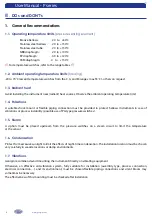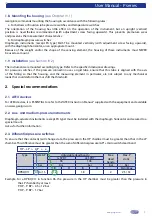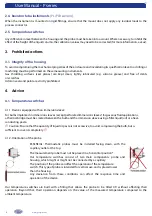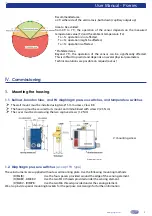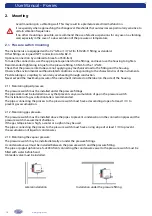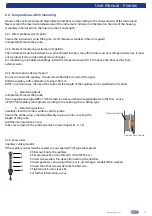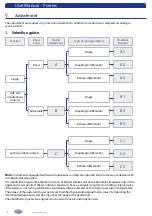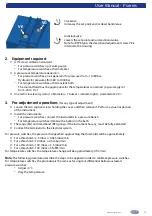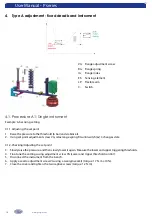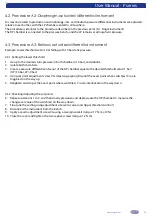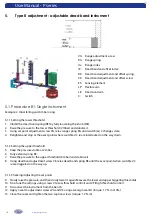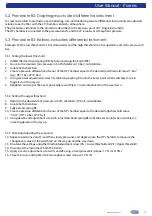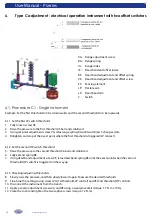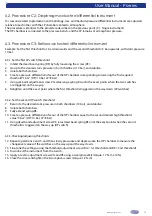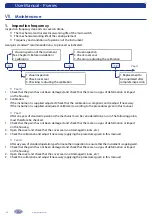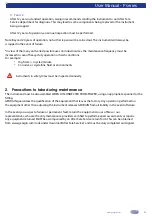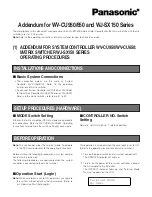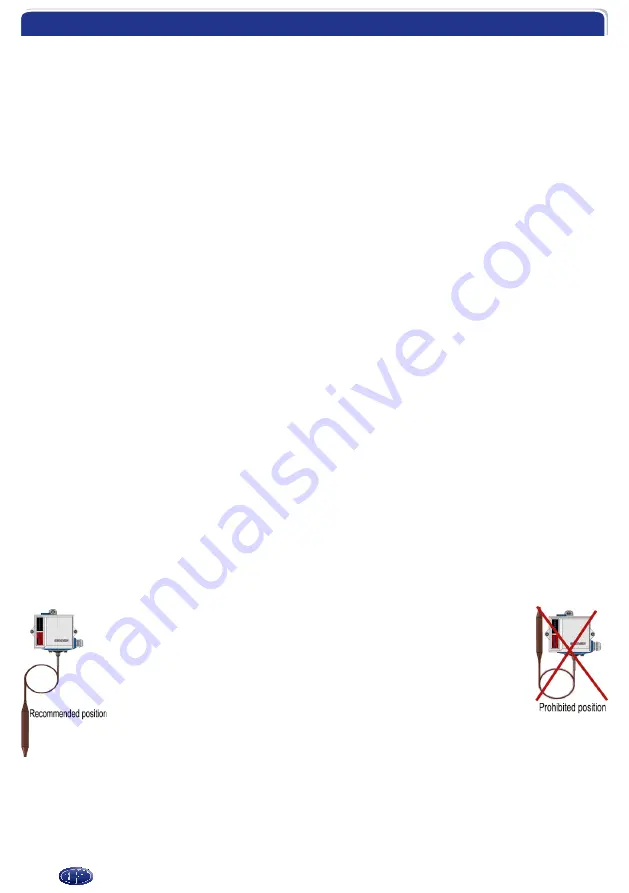
User Manual - P series
8
www.georgin.com
2.4. Bourdon tube instruments
(PL/PLB sensors)
When the instrument is mounted on rigid fittings, ensure that the mount does not apply any residual loads to the
process connector.
2.5. Temperature switches
Any difference in level between the housing and the probe must be taken into account. Where necessary, to inhibit the
effect of the height of the liquid column, the calibration values may need to be corrected (for more information, ask us).
3. Prohibited actions
3.1. Integrity of the housing
To avoid compromising the mechanical properties of the enclosure and invalidating its qualification level, no drilling or
machining must be performed on these measuring instruments.
Gas throttling surfaces (seal planes) are kept clean, lightly lubricated (e.g. silicone grease) and free of dents
or scratches.
Add-on seals and paint are strictly prohibited.
4. Advice
4.1. Temperature switches
4.1.1. Devices equipped with an immersion sleeve
For bulbs implanted in immersion sleeves (except perforated immersion sleeves) for gaseous fluid applications,
a thermal bridge must be created between the bulb and the immersion sleeve using a filler liquid (oil) or a heat-
conducting paste.
/!\
Caution: Ensure that the quantity of liquid or paste is not excessive, to avoid compressing the bulb, but is
sufficient to cover it completely.
/!\
4.1.2. Orientation of the probe
ESSENTIAL: Thermostatic probes must be installed facing down, with the
capillary outlet at the top.
The measurement probe must not be placed in a horizontal position.*
Our temperature switches consist of two main components: probe and
housing, which might or might not be connected by a capillary.
The position of the probe can affect the operation of the temperature
switch. This type of probe is intended for vertical use, and is placed lower
than the housing.
Any deviation from these conditions can affect the response time and
operation of the device.
Our temperature switches are built with a filling that allows the probe to be tilted 45° without affecting their
operation. Beyond that, their operation depends on the value of the measured temperature compared to the
ambient temperature.


